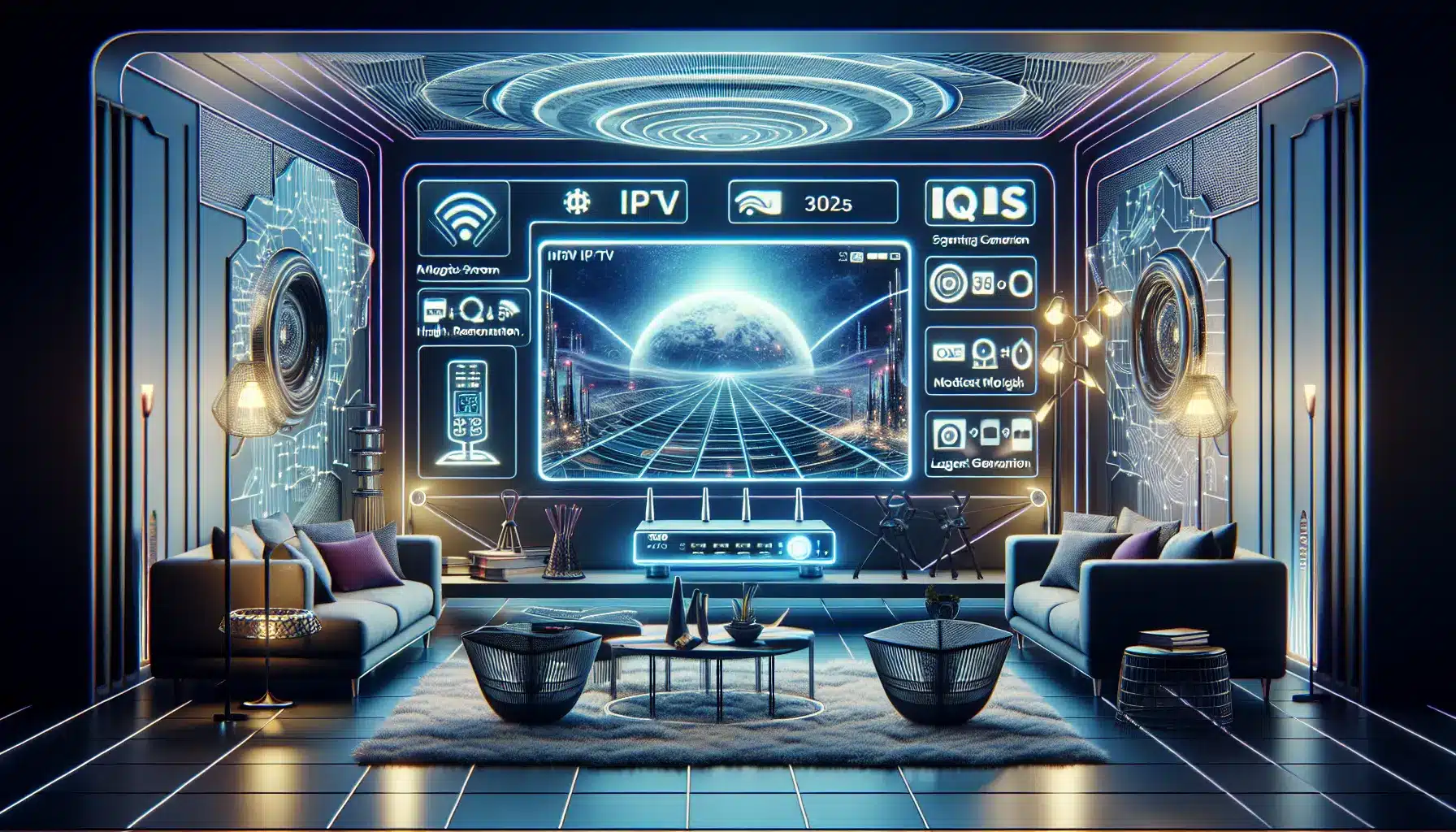
Estimated reading time: 10 minutes
Key Takeaways
- Stability is Key: A stable internet connection is essential for smooth IPTV streaming.
- Quality Equipment: Investing in modern hardware enhances your streaming experience.
- Configuration Matters: Proper network and device setup are crucial for performance.
- Troubleshooting Techniques: Identifying and fixing common issues can save you considerable frustration.
- Future-Proofing: Staying ahead of technology trends ensures continued reliability.
Table of Contents
- Understanding IPTV and Why Stability Matters
- What Sets IPTV Apart from Traditional TV?
- Critical Factors for IPTV Stability
- Optimizing Your IPTV Setup
- Troubleshooting Common Stability Issues
- Advanced Stability Enhancement Techniques
- Future-Proofing Your IPTV Setup
- Professional Tips for Maximum Stability
- Conclusion: Achieving Consistent IPTV Performance
- Frequently Asked Questions
Understanding IPTV and Why Stability Matters
Internet Protocol Television (IPTV) has transformed how we consume media, offering unprecedented access to live and on-demand content through internet-based streaming. In 2025, reliable IPTV service depends heavily on connection stability – the backbone of seamless streaming experiences.
Think about watching the Super Bowl’s final minutes or your favorite show’s season finale. A stable IPTV connection makes the difference between enjoying these moments and facing frustrating buffering screens. Let’s explore how to achieve and maintain rock-solid IPTV performance.
What Sets IPTV Apart from Traditional TV?
Unlike conventional cable or satellite services, IPTV delivers content through internet protocols, enabling:
- Multi-device streaming flexibility
- Interactive viewing features
- Access to global content libraries
- Enhanced picture quality options up to 8K resolution
This streaming method requires specific considerations for optimal performance. Source
Critical Factors for IPTV Stability
Internet Connection Requirements
Your internet connection forms the foundation of stable IPTV streaming. For reliable performance:
- Maintain at least 25 Mbps for 4K content
- Ensure low latency (under 50ms)
- Consider a dedicated line for streaming
Hardware Considerations
Quality equipment significantly impacts streaming stability:
- Modern router with QoS features
- Compatible streaming devices
- Updated firmware and software
Optimizing Your IPTV Setup
Network Configuration
Follow these steps to maximize connection stability:
- Use wired connections whenever possible
- Enable QoS settings on your router
- Configure proper DNS settings
- Minimize network congestion
Device Setup Tips
Proper device configuration ensures smooth streaming:
- Keep devices updated with latest firmware
- Clear cache regularly
- Monitor device temperature
- Use appropriate video quality settings
Troubleshooting Common Stability Issues
Buffering Solutions
When facing buffering problems:
- Check current internet speeds
- Reduce active network connections
- Clear app cache and data
- Try different servers if available
Connection Drop Fixes
For frequent disconnections:
- Verify router stability
- Check for ISP outages
- Test alternative DNS servers
- Consider using a VPN
Advanced Stability Enhancement Techniques
VPN Implementation
Using a VPN can improve stability by:
- Bypassing ISP throttling
- Providing consistent routing
- Reducing regional connection issues
Performance Monitoring
Regular monitoring helps prevent issues:
- Track connection speeds
- Monitor buffer rates
- Log connection drops
- Analyze peak usage times
Future-Proofing Your IPTV Setup
Stay ahead with emerging technologies:
- 5G network compatibility
- AI-powered adaptive streaming
- Cloud-based DVR options
- Enhanced codec support
Professional Tips for Maximum Stability
Industry experts recommend:
- Regular network maintenance schedules
- Backup internet connections
- Strategic server selection
- Quality hardware investments
Conclusion: Achieving Consistent IPTV Performance
Stable IPTV streaming requires attention to multiple factors – from basic setup to advanced optimization. By following this guide’s recommendations, you can create a reliable streaming environment that delivers consistent, high-quality content.
Remember that stability isn’t a one-time achievement but an ongoing process. Regular maintenance and updates keep your system running smoothly, while staying informed about new technologies helps you adapt to evolving streaming demands.
Need more specific guidance? Check out these additional resources:
Frequently Asked Questions
What is IPTV?
IPTV stands for Internet Protocol Television, which delivers television content over the internet rather than through traditional terrestrial, satellite, or cable formats.
How does IPTV differ from traditional cable?
Unlike cable, IPTV uses your internet connection to deliver a wide range of channels and content directly to your devices, often with additional features like on-demand streaming.
What is buffering and how can I minimize it?
Buffering occurs when your data streaming speed cannot keep up with playback. You can minimize it by ensuring adequate internet speed and reducing active connections.
What hardware is essential for IPTV?
Essential hardware includes a modern router with QoS capabilities, compatible streaming devices, and regular software updates to all equipment.
How often should I maintain my IPTV setup?
Regular maintenance should be performed monthly, including checking equipment, updating software, and monitoring connection quality.



